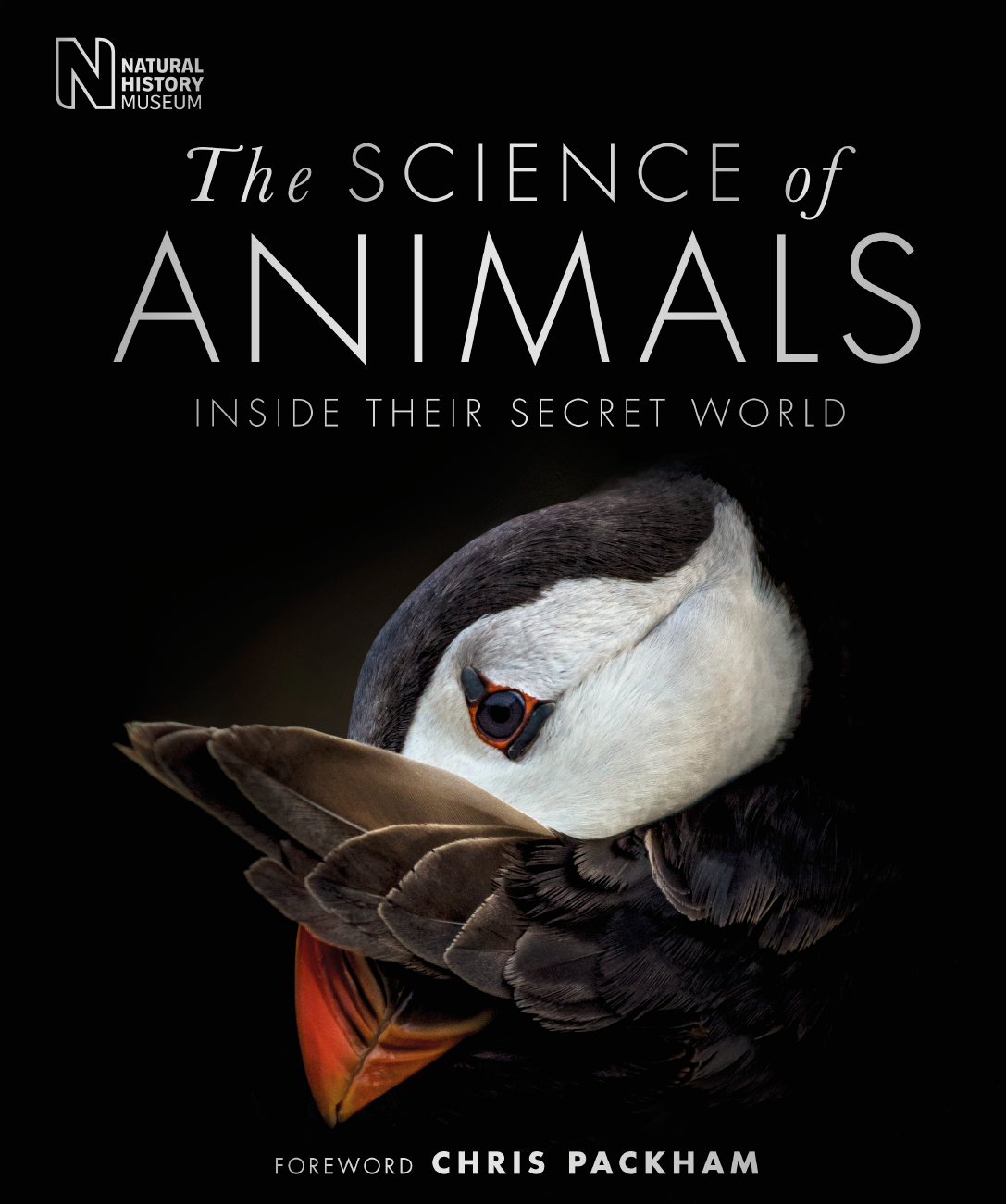Animals
Cf.
- Food
- animal studies
- animal geographies
- metazoa
Definition of Animals
Animals are very diverse and can be very small or unusual. Mostly motile but sometimes sessile (stages of sponges, etc.). The definition of animals is important as a critique of the Animal Turn, for example as it is not clear why they are focusing on animals and, especially, on such narrowly understood animals.
Animals are living islands or biomes/ecosystems. Cf. Ed Yong
Yong, Ed. I Contain Multitudes: The Microbes Within Us and a Grander View of Life. New York: Ecco, 2016.
Godfrey-Smith, Peter. Metazoa: Animal Life and the Birth of the Mind. New York: Farrar, Straus and Giroux, 2020.
Classification
Not a primary kingdom any longer, at least according to some.
Overview
Fudge, Erica. Animal. London: Reaktion Books, 2002.
Ingold, Tim, ed. What Is an Animal? 1988. Reprint, London: Routledge, 1994.
Ryan, Derek. Animal Theory: A Critical Introduction. Edinburgh: Edinburgh University Press, 2015.
Animal Phyla
- Porifera – Marine animals more commonly known as sponges and found in every ocean on earth.
- Cnidaria – Mostly marine animals that include over 11,000 species. Examples include coral, jellyfish, and anemones
- Platyhelminthes – Typically parasitic flatworms. Lacking in any respiratory or circulatory systems, oxygen pass through their bodies instead in a process known as diffusion. Examples include tapeworms and flukes.
- Annelida – More complex than Platyhelminthes, these are segmented and symmetrical worms containing a nervous system, respiratory system, and sense organs. Examples include the common earthworm and leeches.
- Mollusca – The second-largest phylum by species count, and the largest marine phylum. Invertebrates with soft unsegmented bodies. It is estimated almost a quarter of marine life fall in this category. Examples include clams, mussels, and snails
- Arthropoda – Invertebrate animals with an exoskeleton and segmented bodies. Contains insects, crustaceans, and arachnids. This is the largest phylum by species count. Examples include scorpions, butterflies, and shrimp
- Chordata – Vertebrates. Animals that develop a notochord, a cartilaginous skeletal rod that supports the body in embryo and can often become a spine. Most animals we are familiar with, including dogs, horses, birds, and humans fall in to this category.
Classification of Animals: The Complete Guide
Considering these different types of animals:
- what capabilities do they have?
- what places and communities do they belong to?
- do they have senses, traditions, cultures?
Aristotle, History of Animals
"In the great majority of animals there are traces of physical qualities and attitudes, which qualities are more markedly differentiated in the case of human beings. For just as we pointed out resemblances in the physical organs, so in a number of animals we observe gentleness and fierceness, mildness or cross-temper, courage or timidity, fear or confidence, high spirits or low cunning, and, with regard to intelligence, something akin to sagacity. Some of these qualities in man, as compared with the corresponding qualities in animals, differ only quantitatively: that is to say, man has more or less of this quality, and an animal has more or less of some other; other qualities in man are represented by analogous and not identical qualities; for example, just as in man we find knowledge, wisdom and sagacity, so in certain animals there exists some other natural potentiality akin to these. The truth of this statement will be the more clearly apprehended if we have regard to the phenomena of childhood: for in children we observe the traces and seeds of what will one day be settled psychological habits, though psychologically a child hardly differs for the time being from an animal ..."
Horta, Oscar. “Animal Suffering in Nature: The Case for Intervention.” Environmental Ethics 39, no. 3 (2017): 261–79. https://doi.org/10/gddsm8.
Ian Werkheiser recognition justice
Animal Studies, Ethics, and Politics
Crary, Alice, and Lori Gruen. Animal Crisis: A New Critical Theory. London: John Wiley & Sons, 2022.
Probyn-Rapsey, Fiona, and Lynette Russell. “Indigenous, Settler, Animal; a Triadic Approach.” Animal Studies Journal 11, no. 2 (2022): 38–68. https://doi.org/10/g5wdgc.
The scale and seriousness of injustices towards animals:
Wadiwel, Dinesh Joseph. The War Against Animals. Leiden: Brill, 2015.
Science of Animals
A beautiful book about animals with very good photography

Ambrose, Jamie, Derek Harvey, Esther Ripley, and Chris Packham. The Science of Animals. London: Natural History Museum, 2019.
Books and Stories about Animals
Stories about well known animals that have been named by humans.
Passarello, Elena. Animals Strike Curious Poses: Essays. London: Vintage, 2017.
Hearne, Vicki. Adam’s Task: Calling Animals by Name. 1986. Reprint, New York: Skyhorse, 2007.
Hearne, Vicki. Animal Happiness: A Moving Exploration of Animals and Their Emotions. 1994. Reprint, New York: Skyhorse, 2007.
House, Marie A., ed. After Coetzee: An Anthology of Animal Fictions. Minneapolis: Faunary Press, 2017.
Backlinks